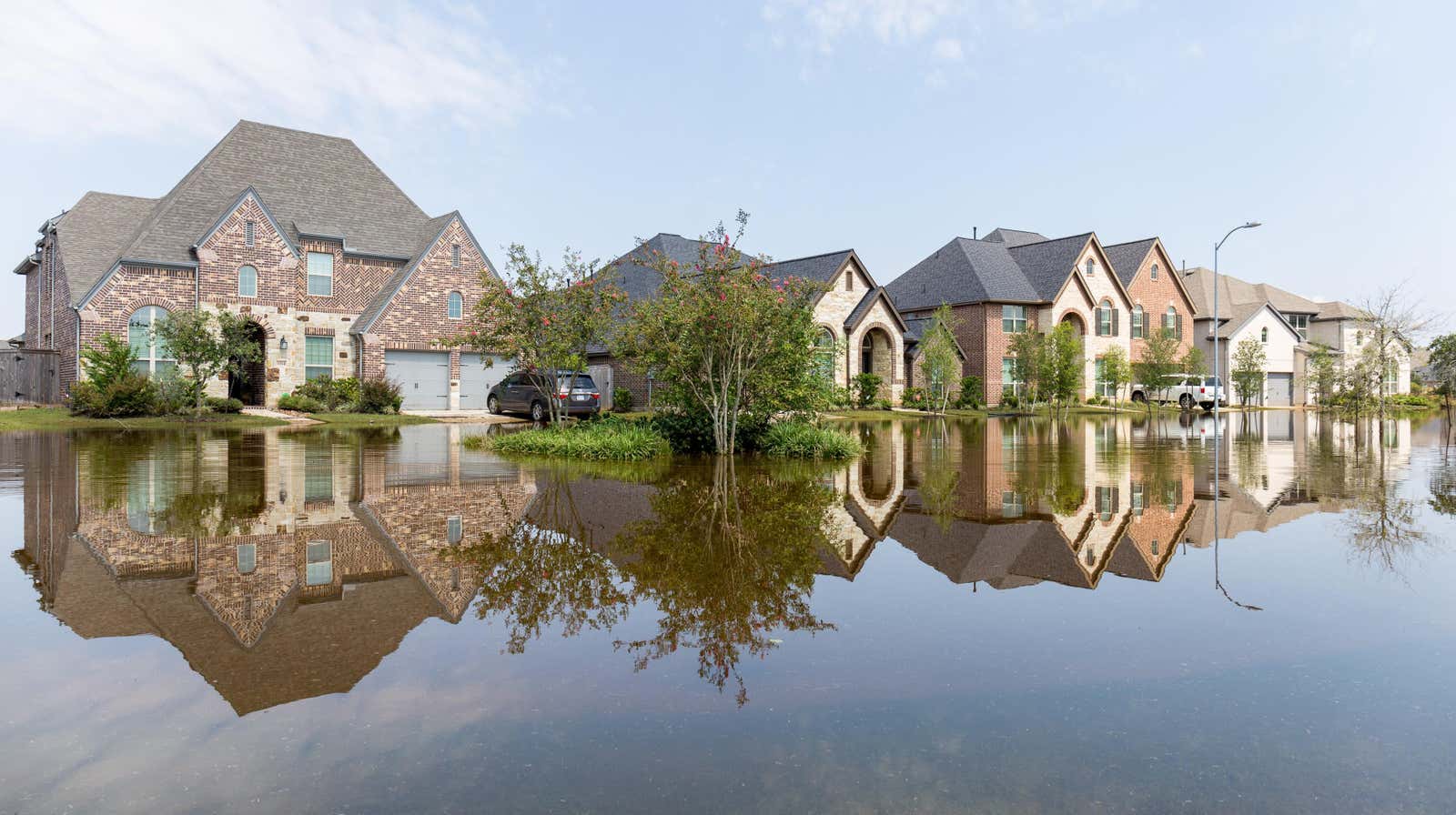Why You Shouldn’t Wait to Get Flood Insurance (Beyond the Obvious Reason)

Hurricane Ida devastated Louisiana and threatens ” once in a lifetime flood even t” in the northeast in the next few days – a grim reminder of the importance of getting flood insurance if you don’t already have one. There is a waiting period for new policies, which means that if you get coverage today, the insurance won’t take effect in 14-30 days, but you will still have some protection until the end of the hurricane season.
And even if you already have a policy, specifically purchased through FEMA’s flood insurance program, there is another reason to take another look at your rates right now: you will likely save money. Starting October 1, 2021, FEMA’s monthly premiums will increase for 77% of policyholders . However, if you receive your policy before that date, your rates will be locked for a year, even after the new prices take effect. Here’s what you need to know.
Why are the rates for flood insurance going up?
Because standard home insurance policies usually do not cover the ever-increasing flood risk , most flood insurance policies are administered by FEMA’s National Flood Insurance Program (NFIP). However, from October 1, the program will undergo radical changes as part of the “Risk Rating 2.0” reform, which will change the way insurance premiums are determined. According to FEMA:
According to the proposal, the NFIP premiums calculated according to a risk rating of 2.0 would reflect the flood risk for an individual property, as opposed to the current rating system, which charges the same rates for properties with the same NFIP flood risk. This will involve using a wider range of variables than the current rating system, both in terms of modeling the flood risk and in terms of assessing the risk for each property.
The change isn’t all bad, as FEMA initially estimated that 23% of policyholders will see a $ 86 cut in their monthly premiums. However, of the remaining policyholders, 66% may see their monthly bill increase to $ 10, while 11% should expect to see more than $ 10 monthly increase. Homes in river floodplains will suffer the most. For example, in Louisiana, 70% of policyholders may see an increase of up to $ 120 a year, while 10% may see an increase of up to $ 240 a year or more. To find out how your rates may change, contact your insurance agent for more details.
How can I avoid higher rates for flood insurance?
The good news is that the NFIP allows policyholders to lock in their current rates for at least a year, provided that the policy is extended on or after April 1, 2022 . After that date, your monthly rates will be subject to the new ranking methodology. Otherwise, if you buy a new policy, you need to register by October 1st before the new prices take effect (any reduction in your monthly rates will occur automatically from that day).
Added to this is the added benefit of freezing rates now: if your current premium is less than the full risk premium under the new pricing policy, the higher rate for the first renewal is capped at no more than 18 percent. …
How do I sign up for NFIP flood insurance?
You can find the FEMA patron flood insurance provider here (FEMA runs the NFIP program, but private companies actually offer the policy).
Another option worth considering is private insurance, as they may offer cheaper premiums for higher coverage caps in excess of the $ 250,000 NFIP maximum coverage. The downside is that private flood insurance was rare until recently, so it’s a bit unverified in terms of how easy it can be to file a claim during a major disaster. Value Penguin has a good report on the pros and cons of private insurance here , while Nerdwallet has a good overview of some of the biggest private insurance flood insurance providers here .
This article was originally published on June 16, 2021, and has been updated on September 1, 2021 with new information.